In the symphony of nature, birds play a vital role, bringing color, song, and life to our surroundings. One of the most effective ways to attract and support bird populations is by planting the right trees and shrubs in your garden. In this guide, we’ll explore seven bird-friendly plants—Holly, Sunflowers, Cotoneaster, Juniper, Dogwood, Honeysuckle, and Boxwood—that not only beautify your outdoor space but also provide essential food, shelter, and nesting sites for our feathered friends.
Holly (Ilex spp.):
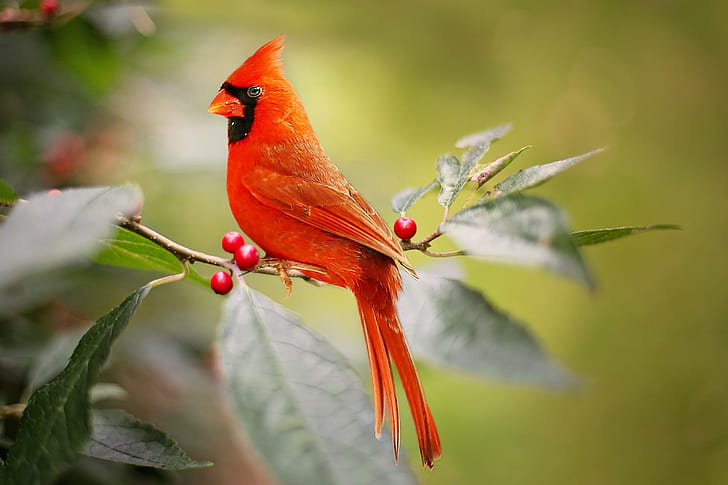
- Holly trees and shrubs are renowned for their glossy, evergreen leaves and vibrant red berries, which persist throughout the winter months. These berries are a crucial food source for birds during the colder seasons when other food may be scarce. Species such as robins, bluebirds, and thrushes flock to holly trees to feast on the nutritious berries, making them a valuable addition to any bird-friendly garden.
Sunflowers (Helianthus spp.):
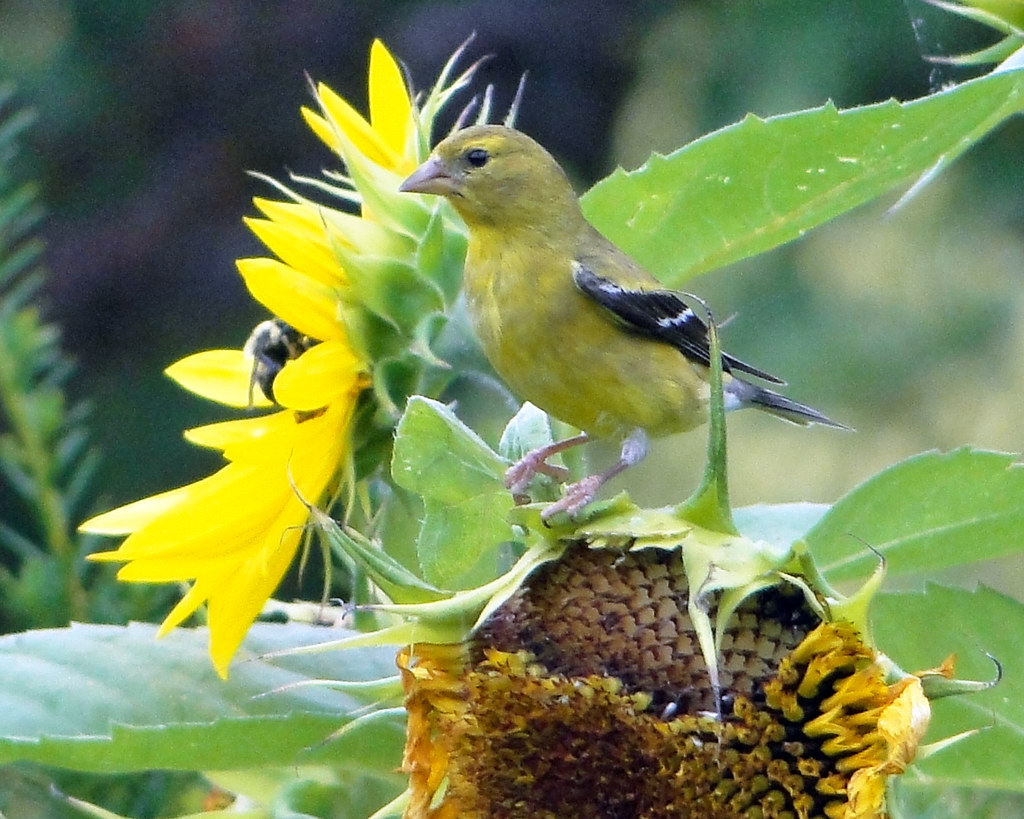
- Sunflowers are not only a symbol of sunshine and cheer but also a favorite among many bird species. Their large, vibrant heads produce an abundance of seeds that attract birds like finches, sparrows, and chickadees. Opt for varieties with large heads, such as ‘Russian Giant’ or ‘Mammoth,’ to provide ample seeds for your avian visitors throughout the year.
Cotoneaster (Cotoneaster spp.):
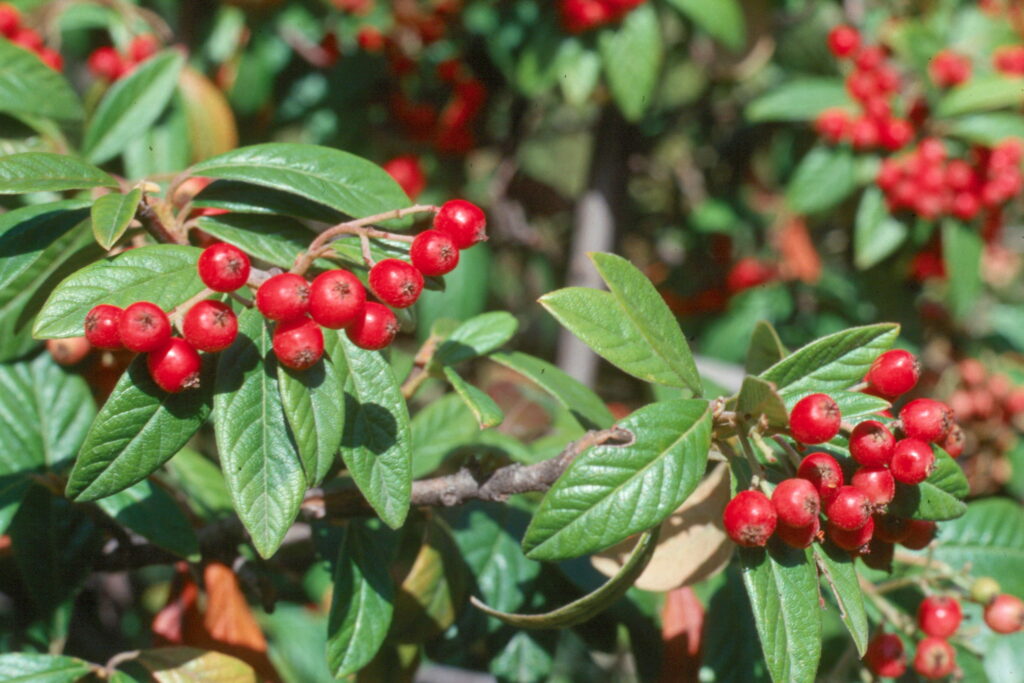
- Cotoneaster is a versatile shrub that offers both food and shelter for birds. Its clusters of bright red berries are irresistible to species such as thrushes, waxwings, and robins. Additionally, the dense foliage of cotoneaster provides excellent cover and nesting sites, making it a valuable habitat plant for birds in both urban and rural landscapes.
Juniper
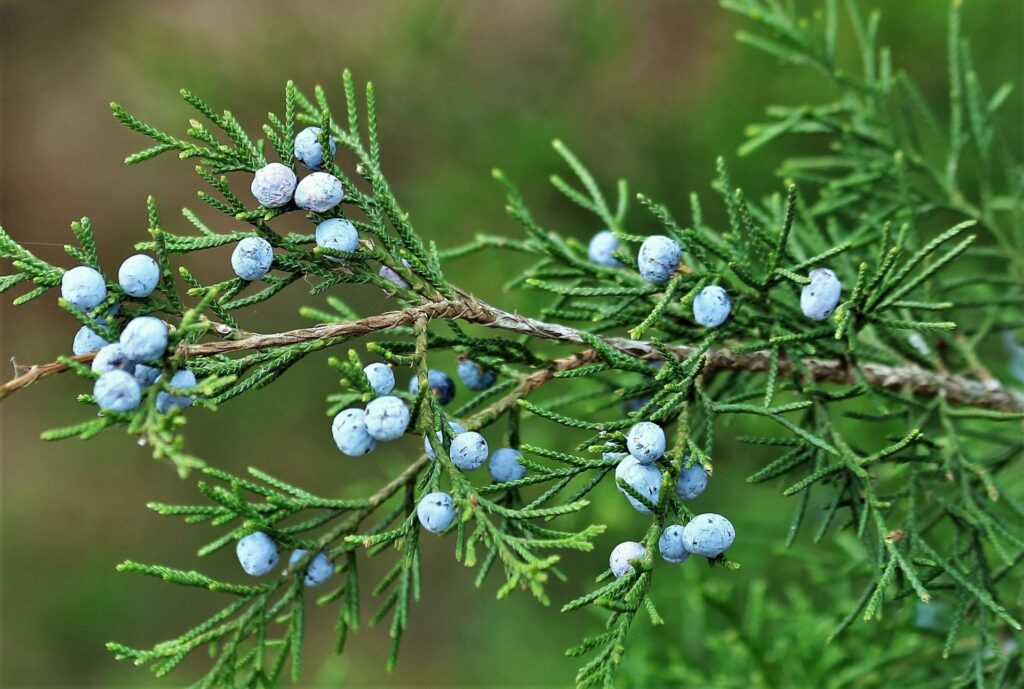
- The Juniper plant is a crucial component of ecosystems, providing birds with essential resources such as shelter, food, and nesting sites. Its dense foliage offers protection from predators and harsh weather, while its berries serve as a vital food source, particularly during the winter months. Juniper plants also contribute to habitat diversity, supporting a wide range of bird species and promoting ecological balance. By conserving and protecting juniper habitats, we ensure the continued well-being of bird populations and the overall health of our natural environments.
Dogwood (Cornus spp.):
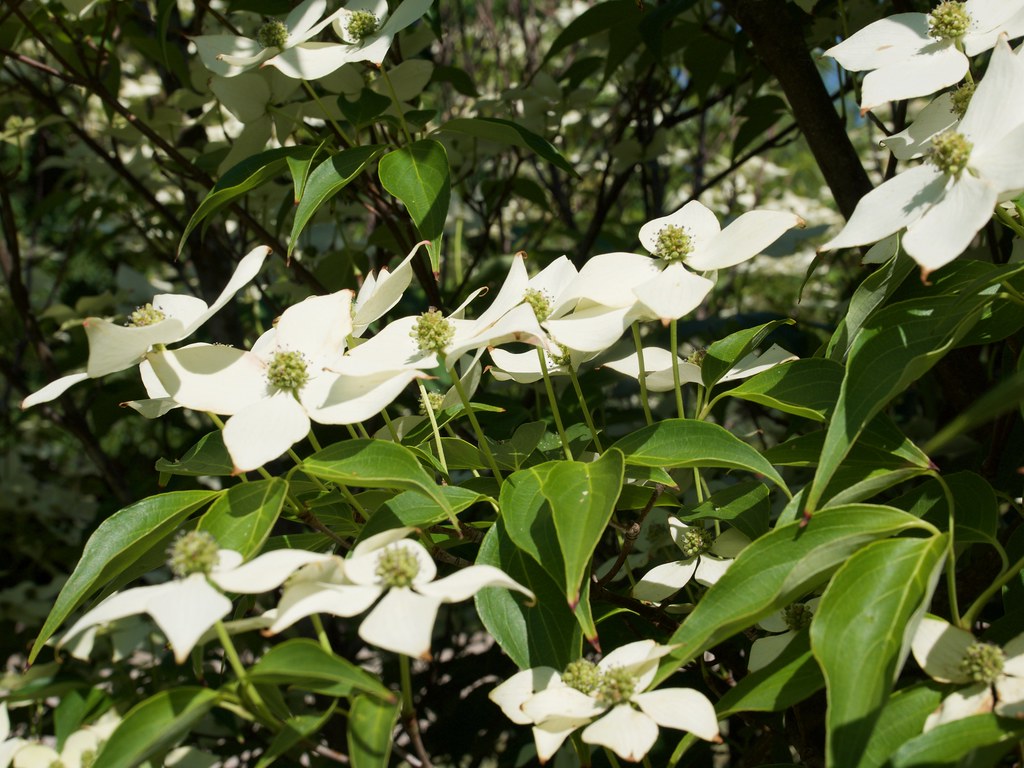
- Dogwood trees and shrubs are prized for their showy flowers, colorful foliage, and decorative berries. Birds such as cedar waxwings, thrushes, and robins flock to dogwood trees to feast on the berries, especially during the winter months. Planting native species of dogwood ensures that birds have access to the most nutritious and beneficial food sources.
Honeysuckle (Lonicera spp.):

- Honeysuckle vines are beloved for their fragrant flowers and sweet nectar, which attract hummingbirds and other nectar-loving birds. The berries produced by some varieties of honeysuckle are also a valuable food source for birds like thrushes, robins, and finches. Planting honeysuckle near trellises or fences provides birds with both food and nesting opportunities.
Boxwood (Buxus spp.):
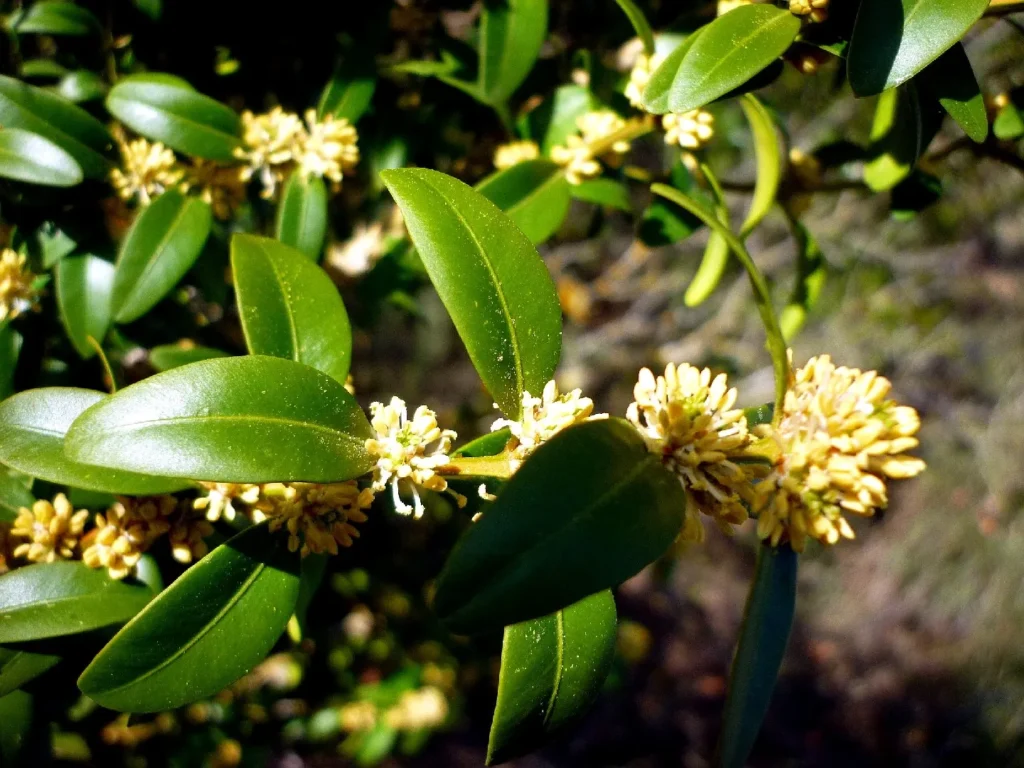
- Boxwood, with its dense foliage and compact growth habit, provides birds with excellent shelter and nesting sites. While boxwood itself may not produce berries or seeds that are particularly attractive to birds, it serves as an essential component of a bird-friendly landscape by offering cover and protection from predators. Incorporating boxwood into mixed plantings ensures that birds have access to diverse habitats within your garden.
Did you know that you can now get Native Colorado Plants and Seeds at your local Wild Birds Unlimited? Now is the time to get your garden going to attract a wide variety of song birds, butterflies, bees and hummingbirds. Find a location at wildbirdscolorado.
Conclusion:
Creating a bird-friendly garden is a rewarding endeavor that benefits both birds and gardeners alike. By incorporating these seven trees and shrubs into your landscape, you can attract a diverse array of bird species, provide essential food sources, and contribute to the conservation of avian populations. Whether you have a spacious backyard or a small urban garden, planting trees and shrubs that cater to the needs of birds is a step towards fostering a deeper connection with the natural world and creating a haven for wildlife in your own backyard.
